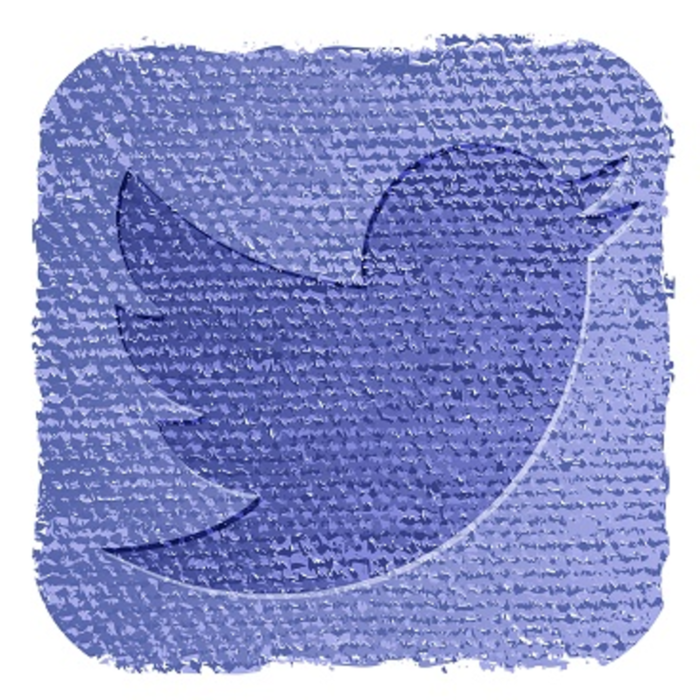Twitter, no doubt, has evolved into a sort of town square— where its more than 645 million users continuously debate, discuss, and share. The social platform presents a great opportunity for marketers to gauge what potential customers care about. “As marketers, we have to take the time to listen and understand, before we start engaging in these communities,” says Nichole Kelly, CEO of digital marketing agency Social Media Explorer.
In fact, a recent study from the Pew Research Center identified the six most prolific types of conversation networks that form on Twitter: polarized crowds, tight crowds, brand clusters, community clusters, broadcast networks, and support networks. Kelly takes a look at each of these groups and breaks down how marketers can leverage them for more effective social campaigns.
Polarized crowds
Kelly warns marketers to tread lightly when it comes to Twitter conversations that force a brand to take sides. Polarized discussions, she says, are those with two major groups and little connection between them, such as political or religious groups. However, Kelly says that marketers can leverage these debates to learn more about consumers and what they care about. “Marketers can use these conversations to understand different viewpoints,” she says. “Then create content around those interests.”
Tight crowds
Tight crowds include a network of people who are interconnected, such as those in professional organizations or those who are connected through hobbies. “In these conversations, marketers want to look for the influencers and who’s starting the dialogue,” Kelly says. She encourages marketers to build relationships with those influencers, perhaps recruiting them as guest bloggers or having them participate in interviews. “Tapping into this conversation,” Kelly continues, “will add to the authority that your brand already has.”
Brand clusters
Well-known brands can ignite large, fragmented Twitter conversations. However, Kelly discourages brands from tweeting solely about their products and company. “As marketers, we tend to think people care about our brands,” she says. “The reality is that people don’t care about your brand unless they have a problem or a need [that you can solve].” She says brand marketers need to simply answer consumers’ questions—with a human element, not formulated responses. “Have a conversation with the customer.”
Community clusters
Communities on Twitter often develop around popular topics and news events. Kelly says marketers have the ability to form their own communities on social platforms—bringing together a group of people with a common interest. “For marketers to be successful at forming a community, they need to figure out what the values of that community are.” She adds that individual employees of a company can connect with consumers on a personal level, rather than as a huge brand. “It provides a sense of community.”
Broadcast networks
The influence of a broadcast network can stretch long and wide across the Twittersphere. But the days of disseminating a message without considering the interests of an audience are long gone, Kelly points out. “If [marketers] want to build a following and have the ability to spread messages, we need to take the time to understand each community.” Kelly says marketers can’t project ideas that are interesting to only a brand, but need to tap into customers’ ideas and values. “The key is to actually understand what the audience wants to talk about,” she says, adding that marketers can then produce conversations and rich content around those topics.
Support networks
Twitter users often take to the social platform to garner support, to get answers, or even to complain to a brand. That’s when marketers can show customers that they care—and provide answers. “We need always be responding to their questions,” Kelly says. “If someone is upset with you, apologize, acknowledge, and then act. It’s so simple, but so many brands aren’t doing it.”








